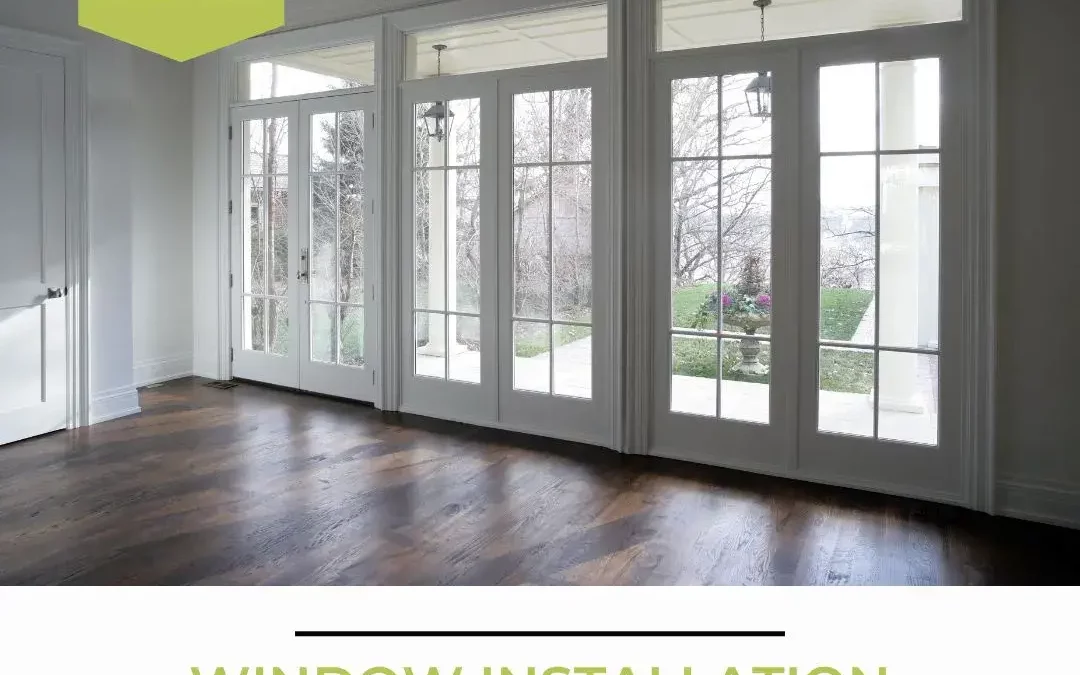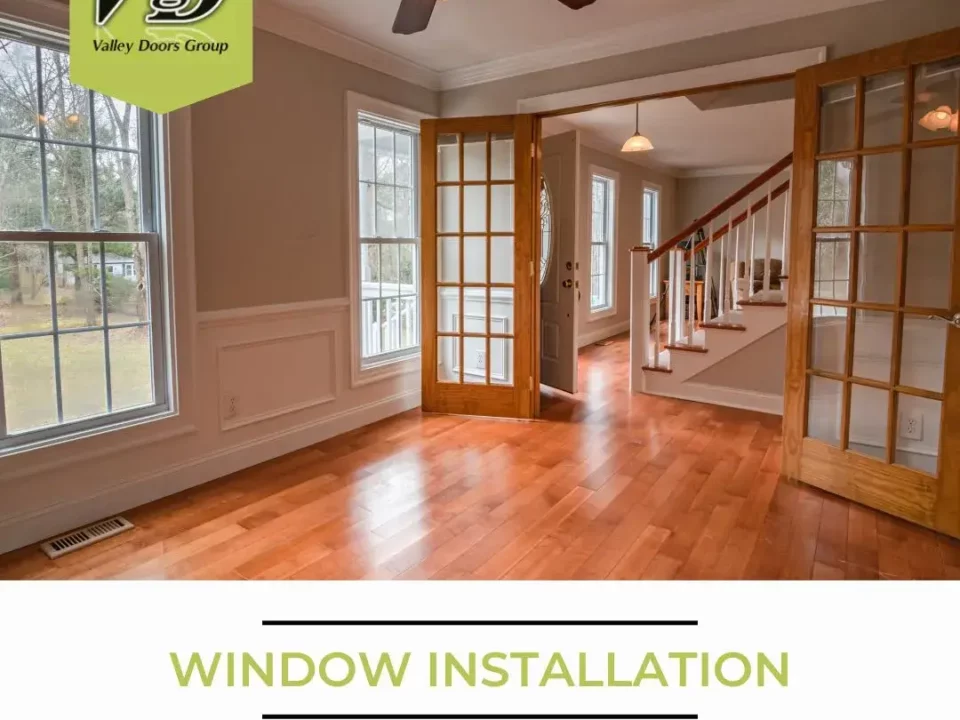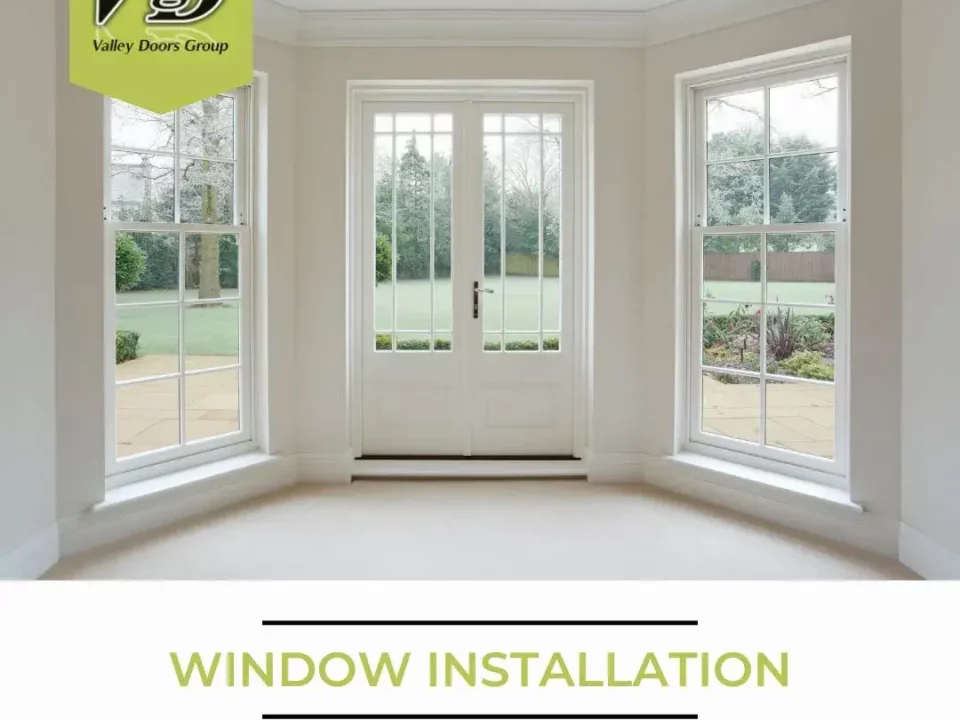Common Window Installation Issues in Woodland Hills, California Homes

Window Installation Trends in Woodland Hills, California Homes
October 21, 2025
Maintenance Tips for Window Installation in Woodland Hills, California
October 21, 2025Ask any longtime Woodland Hills homeowner about windows, and you’ll hear a familiar story: sunny afternoons that make living rooms glow, breezes that sweep through after dusk, and the constant dance of keeping light while controlling heat. When windows are installed well, this dance feels effortless. When installation missteps creep in, comfort becomes a game of whack-a-mole—drafts here, sticking sashes there, or a mysterious stain that appears after a hard rain. Understanding the common window installation issues specific to our climate and construction styles is the first step in preventing them, and it starts with recognizing that expert window installation is as important as the window you choose.
Because Woodland Hills homes frequently feature stucco exteriors and a blend of mid-century to contemporary construction, installers must navigate a variety of wall assemblies and materials. The way a window integrates with these walls determines how it will perform when the sun beats down or a seasonal storm blows through. Below are the pitfalls we see most often, along with the practical ways professionals avoid them.
Insufficient Flashing and Water Management
Water intrusion is a slow, silent adversary. In stucco homes, the weather-resistive barrier behind the plaster is your last line of defense. When new windows are installed without properly shingled flashing—pan at the sill, side flashing that laps correctly, and head flashing at the top—water can find its way behind the unit and into the wall. You may not notice leaks immediately. Instead, discoloration, soft spots, or cracking paint around interior jambs show up months later, after damage has begun.
Experienced installers prioritize sill pans that slope outward and integrate with the wall’s drainage plane. They ensure head flashing overlaps correctly and that any self-adhered membranes bond to clean, prepared surfaces. Good water management isn’t flashy, but it’s the difference between a window that looks great today and one that still looks great years from now.
Poor Air Sealing and Drafts
Even a small gap between frame and wall can create a surprising draft, especially during Santa Ana winds when pressure differentials are stronger. Incomplete or inconsistent perimeter sealing lets conditioned air escape and dust and hot air enter. Over time, this makes rooms feel less stable and forces your HVAC system to work harder, especially on those bright afternoons when sunlight is intense.
Proper backer rod and sealant selection create an elastic joint that moves with seasonal expansion and contraction. Low-expansion foam or carefully placed insulation fills cavities without bowing the frame. When done correctly, the result is a perimeter that disappears from your attention because it simply works—no whistling, no movement, no fuzzy line of dust collecting where it shouldn’t.
Out-of-Square Openings and Misaligned Frames
Older homes often have openings that are slightly out of square or sills that have sagged over time. Installing a new window as if the opening were perfect creates stress on the unit. You’ll notice hard-to-latch locks, sashes that scrape, or gaps that open and close with the seasons. These are signs that the frame isn’t sitting plumb, level, and square within the realities of the wall.
Careful shimming and anchoring resolve these issues. A methodical approach checks reveals as the unit is set, ensuring even sightlines and consistent pressure on weatherstripping. The result is a window that operates smoothly on day one and continues to do so as temperatures swing and materials subtly move.
Ignoring Weep Systems and Drainage Paths
Many window designs include weep holes or drainage paths to manage incidental moisture. If these are blocked by careless caulking or clogged with debris, water can pool where it doesn’t belong, leading to fogging, staining, or long-term damage. In Woodland Hills, dry periods can be followed by sudden rains, making it crucial that any water that does enter the assembly has a clear way out.
Installers should confirm that weep systems remain functional after the window is set and that exterior trims and sealant beads don’t trap water. Homeowners can then keep these paths clear with periodic cleaning, ensuring the system performs as designed.
Wrong Retrofit Choice vs. Full-Frame Replacement
Sometimes the quickest solution isn’t the right one. Retrofit (insert) installations have their place—particularly when existing frames are sound and you want to minimize disruption. But if frames are damaged, poorly insulated, or part of a recurring leak path, a full-frame replacement is the smarter choice. Skipping it can bake in problems, leaving you to wrestle with symptoms rather than cures.
A diligent installer will evaluate the condition of the frames, the wall assembly, and any signs of past water intrusion before recommending a path. Full-frame replacements allow for new flashing, corrected alignment, and improved insulation, paving the way for reliable performance rather than temporary band-aids.
Glazing Choices That Don’t Match Orientation
Another frequent misstep is choosing the same glass package for every window, regardless of orientation. West and south elevations in Woodland Hills can see intense afternoon sun that pushes interior temperatures higher, while north elevations often need all the light they can get. Using a one-size-fits-all approach can lead to rooms that feel alternately dim or overheated.
Smart selection of low-E coatings and SHGC values tailors performance to the sun’s angle. When glass choices are tuned, living rooms stay bright without roasting, and bedrooms remain restful even during late summer heat. It’s a small specification detail with outsized impact on how your home feels.
Frame Expansion and Contraction Not Accounted For
Heat makes materials move. Frames expand and contract through daily and seasonal cycles, and if the installation doesn’t allow for that movement, seals can tear or joints can open. The issue may not show up immediately, but over time it can erode the airtightness and watertightness that windows are designed to provide.
Attention to manufacturer-recommended clearances, anchor placement, and compatible sealants protects against these stresses. In our warm, sunny climate, that diligence is the difference between a window that ages gracefully and one that starts to complain after a single summer.
Neglected Finishing Touches
A beautifully set window can be undermined by rushed finishing. Rough or inconsistent exterior sealant beads can crack sooner under UV exposure. Interior trim installed without proper scribing leaves gaps that collect dust and telegraph as shadows. Hardware that isn’t adjusted at handoff can feel mushy or stiff, discouraging you from using the window as intended.
The best installers leave behind crisp lines, smooth operation, and clear guidance on maintenance. It’s not just about looking good for photos; it’s about setting you up for years of worry-free use.
Homeowner Maintenance Gaps
Even flawless installation needs a little help to stay that way. We see cases where weep holes are clogged, tracks collect debris, or exterior sealants quietly age beyond their elastic limits. None of these are catastrophic if addressed promptly, but left alone, they can mimic installation errors by creating drafts, sticky operation, or staining.
A simple seasonal routine—wipe tracks, clear weeps, and visually inspect sealant lines—goes a long way. In Woodland Hills, occasional windy days can move fine dust around, so giving your windows a quick once-over after those events helps them remain as tight and smooth as the day they were installed.
Choosing the Right Partner
Many of these issues are preventable when you work with an experienced local team. They’ll evaluate your wall assemblies, recommend the right installation method, and tailor glass packages to orientation. They’ll also respect the subtleties of stucco integration, ensuring the weather-resistive barrier is maintained and that flashings work as a system. Most importantly, they’ll be transparent about what they’re doing and why, so you understand how the details protect your comfort.
If you’re considering window installation, ask prospective installers how they handle sill pans, air sealing, and weep systems. Request a walkthrough of a typical opening from removal to finishing. The more clearly a team articulates its process, the more confident you can be in the results.
Frequently Asked Questions
Why is my new window hard to close?
Stiff operation often points to alignment issues. The frame may not be perfectly square or the sash is bearing against the track unevenly. Professional adjustment, additional shimming, or hardware calibration can usually resolve the problem quickly.
How can I tell if I have a water leak around a window?
Look for staining or bubbling paint near interior jambs, musty odors after rain, or hairline cracks radiating from window corners in stucco. If you see any of these signs, consult a professional to investigate flashing and sealant integrity before damage spreads.
Is condensation between panes an installation problem?
Condensation between panes indicates a failed seal in the insulated glass unit itself rather than an installation issue. However, correct installation practices help prevent stresses that can accelerate seal failure, so both product quality and installation matter.
Do I need full-frame replacement if my stucco is intact?
Not necessarily. If existing frames are sound and there’s no evidence of moisture issues, retrofit can be an excellent solution. But if there are signs of hidden damage or you want to improve water management, full-frame replacement ensures comprehensive flashing and sealing.
How often should I check sealants and weep holes?
Inspect annually, and give windows a quick look after windy or dusty days. Keeping weeps clear and sealants intact maintains the envelope that keeps your home comfortable and dry.
Ready to put common issues behind you and enjoy windows that look great and perform even better? Partner with a local team that treats the details with the respect they deserve. Start your project with professional window installation and reclaim the calm, bright, comfortable home you envisioned from the start.




